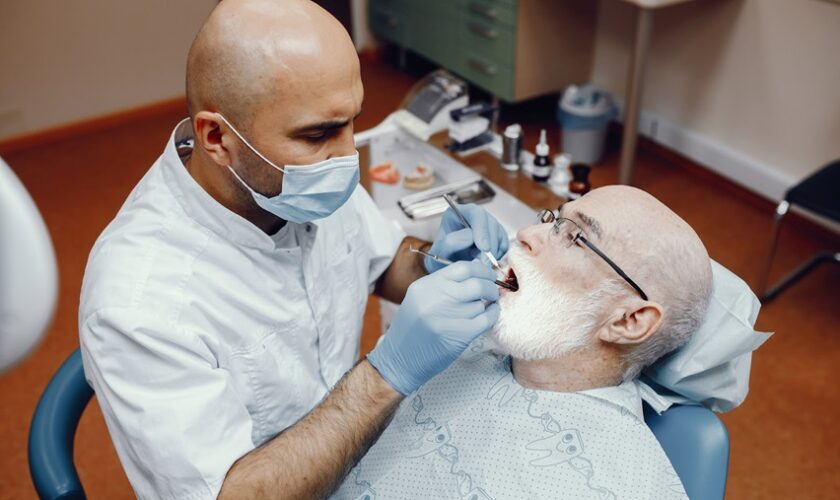Your dentist is more than just someone who cleans your teeth—they’re a critical partner in maintaining long-term oral health, identifying early signs of disease, and delivering both preventative and restorative care. Whether you’re due for a routine exam or looking to enhance your smile with cosmetic treatments, selecting the right dentist in The Woodlands plays a pivotal role in your overall wellness. Here’s a strategic breakdown of how to find a dental professional who aligns with your specific needs, comfort, and care standards.
Define Your Dental Priorities
Start by identifying what type of dental care you need. Are you seeking general preventive care? Orthodontic work? Cosmetic enhancements like veneers or teeth whitening? Clarifying your goals will help you focus your search on providers who specialize in the services that matter to you.
For instance:
- General dentistry: Focuses on cleanings, exams, fillings, and early detection.
- Cosmetic dentistry: Includes procedures like veneers, bonding, or smile makeovers.
- Emergency care: Crucial if you experience sudden tooth pain or trauma.
Understanding a dental emergency when urgent care is needed can also impact the type of dentist you choose, especially if 24/7 access is a priority.
Evaluate Credentials and Experience
Licensing is mandatory, but beyond that, you’ll want to review a dentist’s education, continuing education participation, and specific areas of expertise. Look for memberships in organizations like the American Dental Association (ADA) or the Academy of General Dentistry (AGD), which indicate a commitment to staying current with advancements in the field. Suppose you’re considering cosmetic procedures, experience, and portfolio matters. Ask to see before-and-after photos or inquire about case experience similar to your own dental goals.
Consider Technology and Facilities
A modern dental practice should incorporate up-to-date technology that improves diagnostic accuracy, treatment efficiency, and patient comfort. Digital X-rays, intraoral cameras, 3D imaging, and laser treatments are just a few of the advancements that signify a forward-thinking practice.
The office environment also speaks volumes. Is the space clean, organized, and welcoming? Are staff members courteous and knowledgeable? A comfortable, hygienic atmosphere contributes to a positive patient experience and often reflects the quality of care.
Read Reviews and Ask for Referrals
Online reviews can provide helpful insights into patient satisfaction, communication styles, and outcomes. Look for feedback about professionalism, wait times, billing transparency, and follow-up care. Also, consider asking friends, family, or coworkers for recommendations. A referral from someone you trust is often one of the most reliable ways to find a quality dentist who aligns with your expectations.
Schedule a Consultation
Before committing, book a consultation to assess compatibility. Use this opportunity to ask questions about treatment philosophy, pain management techniques, and how they personalize care. Do they take the time to explain procedures clearly? Are they proactive about prevention? To prepare for your first cosmetic dentistry consultation, gather your dental history, identify your smile goals, and be ready to discuss treatment options, timelines, and expected outcomes with your provider. Coming prepared with questions and understanding your priorities in advance will make it easier to determine if the dentist is a good match for your needs and personality.
Conclusion
Choosing the right dentist isn’t just about proximity or availability—it’s about finding a provider who prioritizes your health, comfort, and long-term dental goals. From evaluating credentials and office technology to gauging communication and expertise, a thoughtful selection process ensures your care is both comprehensive and customized. When you find the right fit, dental visits become less stressful and far more effective at supporting your oral health for years to come.












